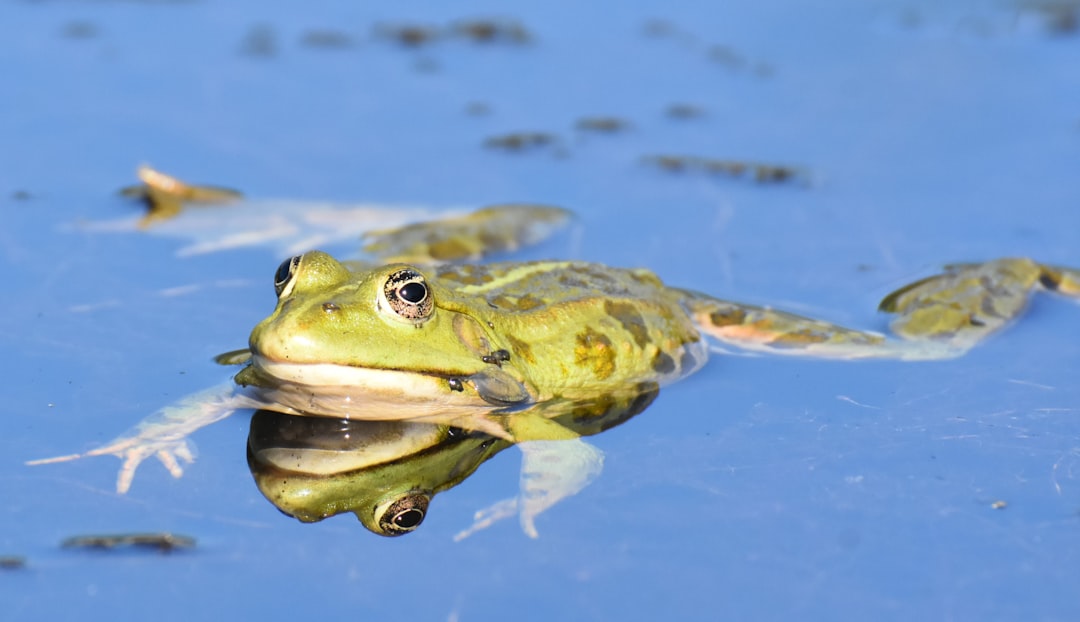What is it about?
When the ancestors of Māori made landfall in Aotearoa some 750 years ago, it marked the final stop of the greatest expansion of human migration in prehistory. This study presents a precise timeline of the first 250 years of human settlement in New Zealand (AD 1250-1500). Using advanced statistical methods and a local marine calibration curve, linkages between archaeological site intensities, climate, resources, and deforestation trends are now possible. For example, the Little Ice Age and the loss of moa in the South Island triggered a larger relocation of Māori to the North Island.
Featured Image

Photo by Tim Oldenkamp on Unsplash
Why is it important?
Our findings show that Māori adapted quickly to the large, diverse environment of NZ and changing climate, especially caused by the Little Ice Age.
Perspectives
“The settlement of New Zealand has been debated for decades, but no one has holistically compared dates of charcoal, marine shell, moa bone and eggshell, rat bones and rat-gnawed seeds. A variety of material types provides much more accurate and precise chronologies of the past”
Magdalena Bunbury
James Cook University
Read the Original
This page is a summary of: A new chronology for the Māori settlement of Aotearoa (NZ) and the potential role of climate change in demographic developments, Proceedings of the National Academy of Sciences, November 2022, Proceedings of the National Academy of Sciences,
DOI: 10.1073/pnas.2207609119.
You can read the full text:
Resources
Contributors
The following have contributed to this page










